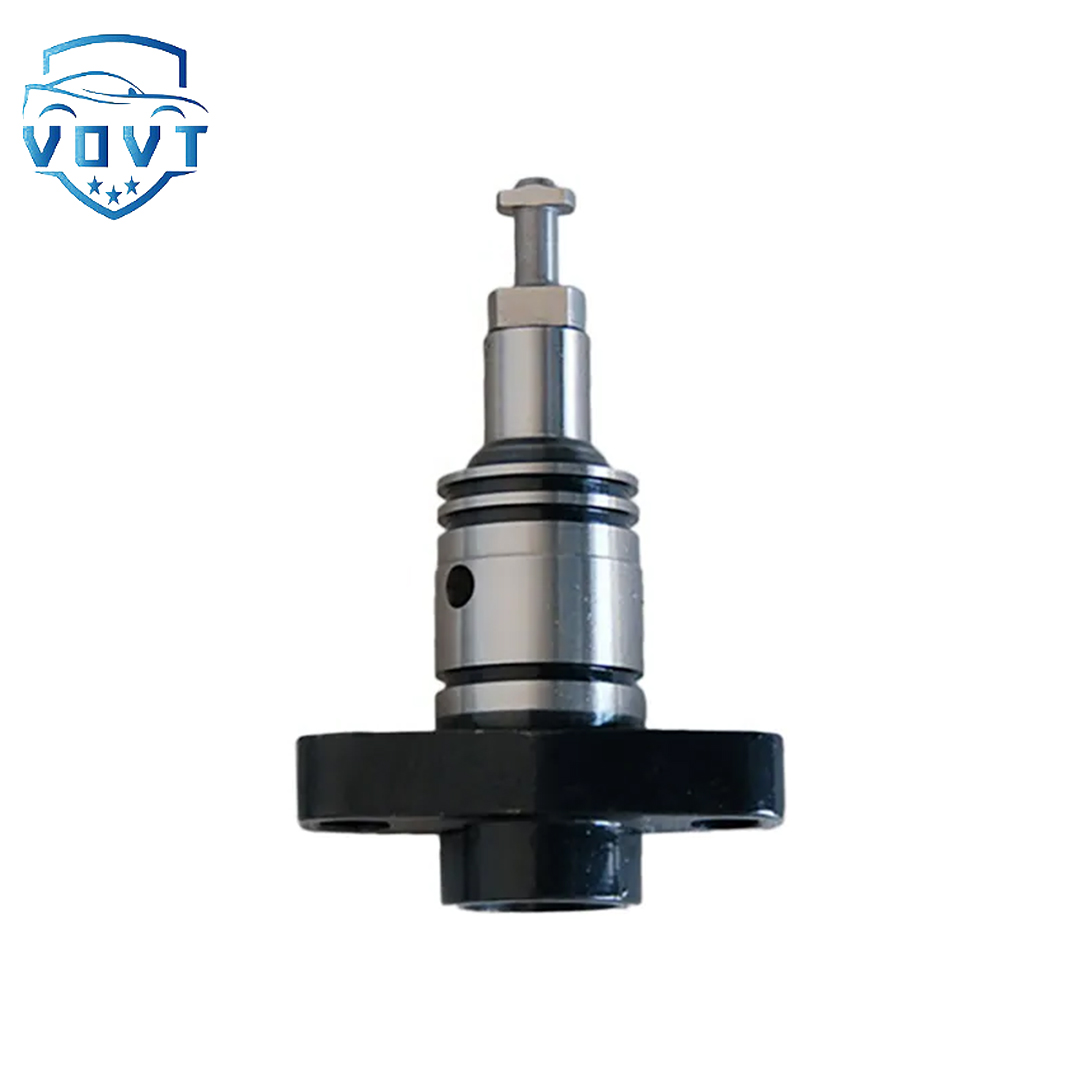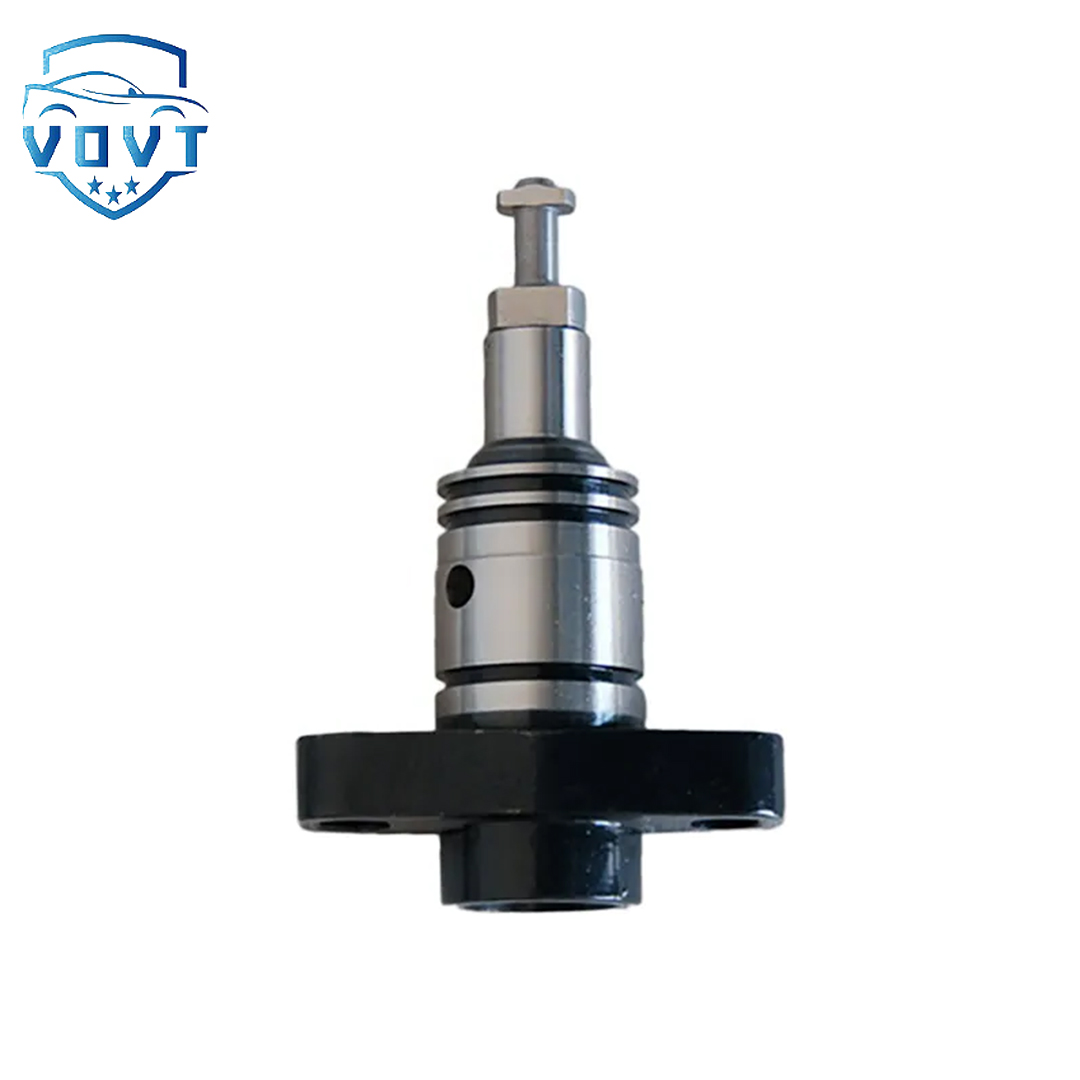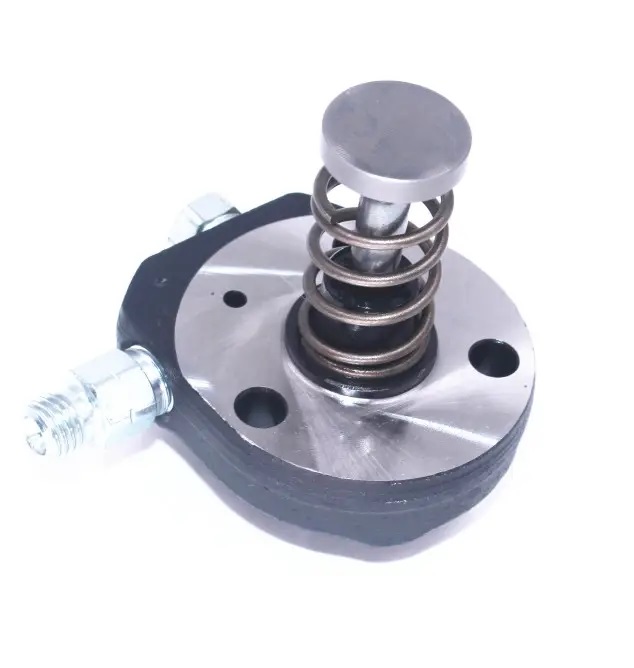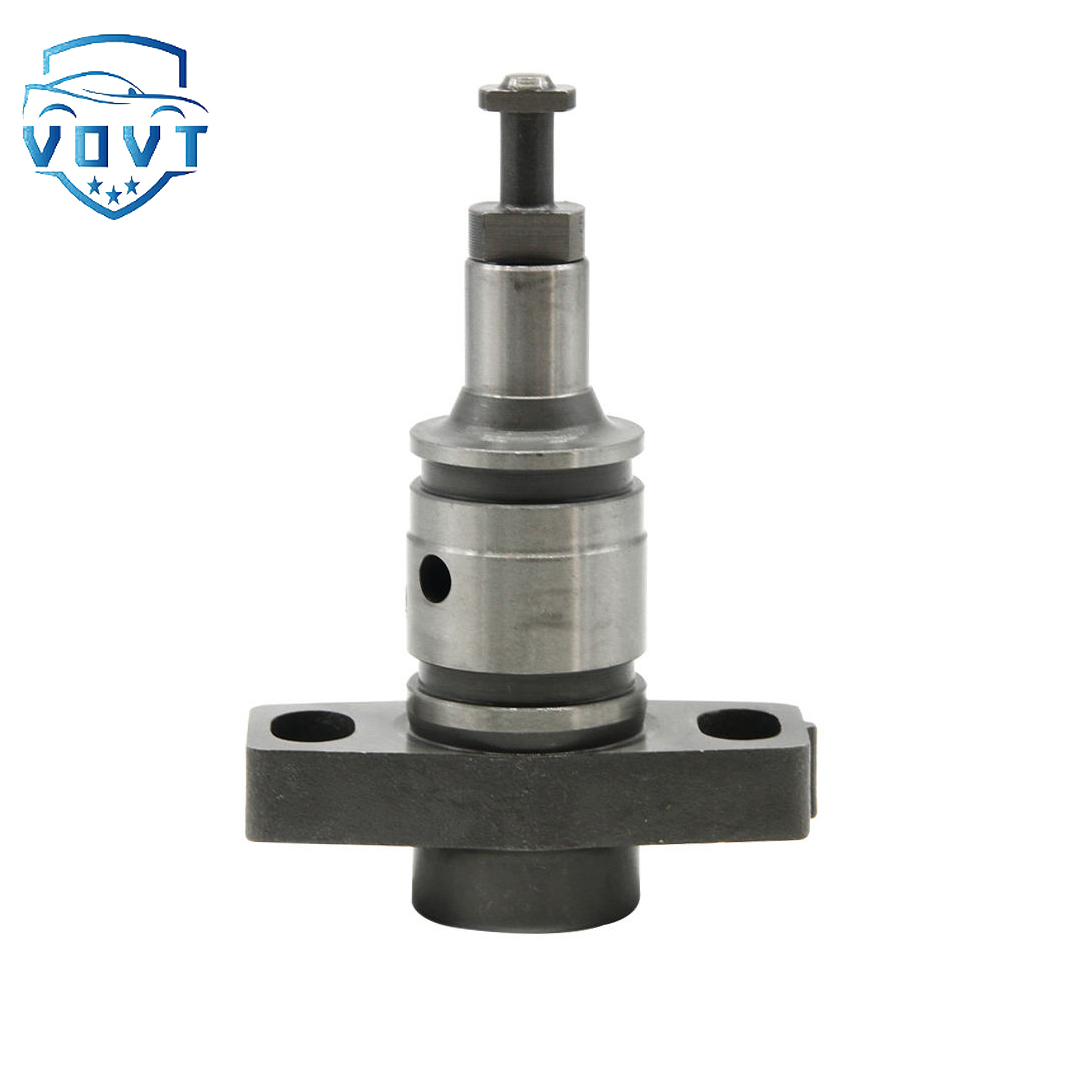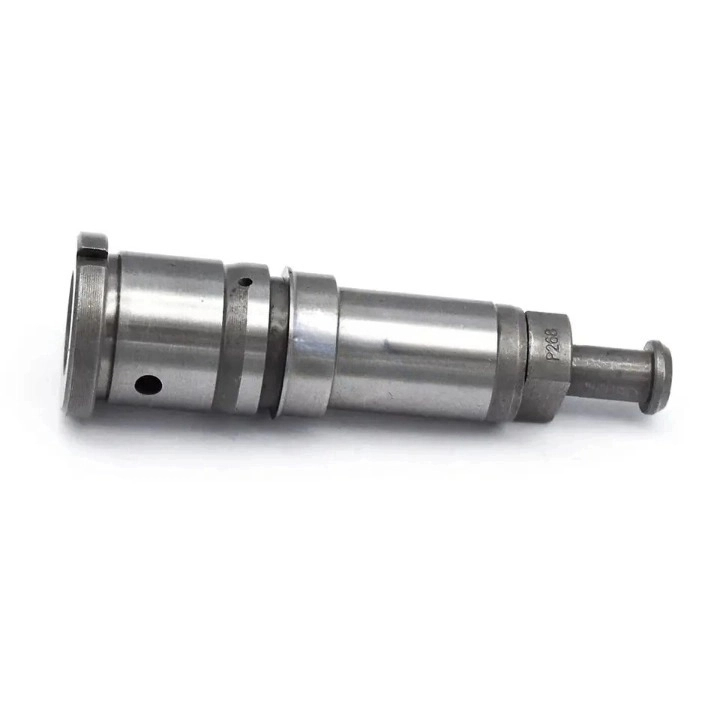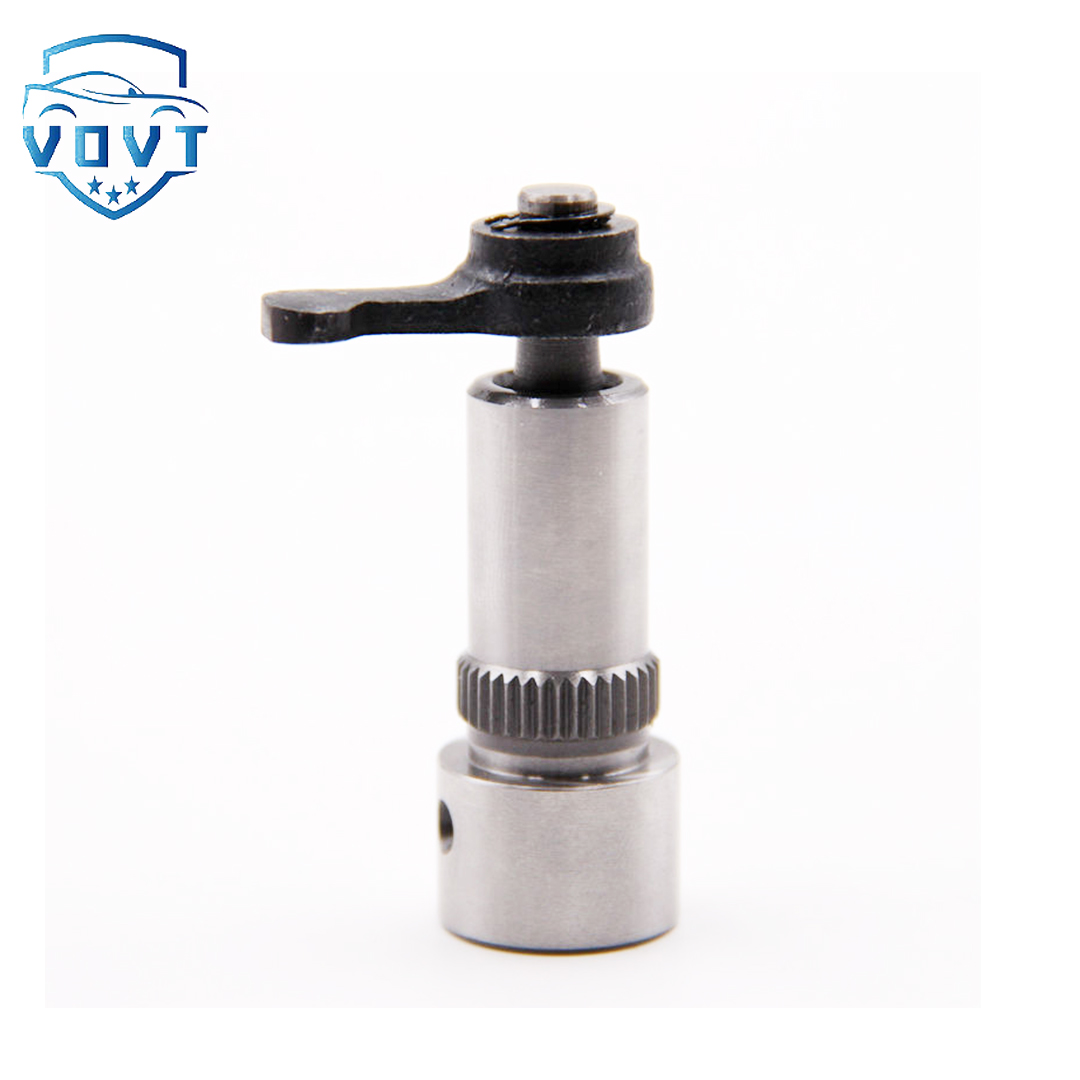Factory Direct Price Plunger 2455-542 2 418 455 542 Diesel Pump Plunger Fuel injection Pump Element
products description
| Reference. Codes | 2455-542 |
| OE/OEM Codes | / |
| Application | / |
| MOQ | 5 PCS |
| Certification | ISO9001 |
| Place of Origin | China |
| Packaging | Neutral packing |
| Quality Control | 100% tested before shipment |
| Lead time | 7~15 working days |
| Payment | T/T, Paypal, Western Union or as your requirement |
How to judge whether the diesel plunger is good
To determine whether the diesel plunger is good, you can check it from many aspects such as appearance, pressure, and fuel supply. The following are specific methods:
Appearance inspection
Wear: Observe whether there are obvious wear marks on the plunger surface, such as scratches, strains, uneven wear, etc. Pay special attention to the cylindrical surface of the plunger and the plunger sleeve. If the wear is severe, the fit clearance will increase, affecting the sealing performance and working effect of the plunger. Generally speaking, slight wear marks may not have much impact on performance, but if the wear mark depth exceeds 0.05 mm, or the wear area is large, you need to consider replacing the plunger.
Corrosion and rust: Check whether there are corrosion spots or rust on the surface of the plunger. Moisture, sulfur and other components in diesel may cause corrosion of the plunger, and long-term storage or humid use environment may also cause rust. Corrosion and rust will destroy the surface accuracy and integrity of the plunger and affect its normal operation. If obvious corrosion or rust is found, the plunger should be handled or replaced in time.
Deformation: Use measuring tools such as calipers or micrometers to check the plunger's diameter, cylindricity and other dimensional parameters to see if they meet the standard values specified by the original manufacturer. If the plunger is deformed, such as bending or ovality, it will cause the plunger to move unsmoothly in the plunger sleeve, and may even get stuck, affecting the normal operation of the injection pump.
Sealing inspection
Static sealing test: After the plunger is installed in the plunger sleeve, use your fingers to block the oil inlet and outlet of the plunger sleeve, then lift the plunger up to a certain height, release your fingers and observe whether the plunger can slowly drop. If the plunger drops too fast, it means that the sealing is not good and there may be leakage. You can also use a special sealing tester to fill the plunger sleeve with a certain pressure of gas or liquid, and observe the pressure drop to judge the sealing. It is generally required that the pressure drop does not exceed a certain value within a certain period of time under the specified pressure. For example, at a pressure of 1MPa, the pressure drop does not exceed 0.05MPa within 1 minute, which is considered to be good sealing.
Dynamic sealing test: Perform dynamic test on the fuel injection pump test bench to simulate the working state of the engine, make the plunger work at different speeds and loads, and observe the fuel injection situation. If fuel is found to leak from the fitting point between the plunger and the plunger sleeve during the injection process, or the injection pressure is unstable and fluctuates greatly, it may indicate that there is a problem with the sealing of the plunger.
Pressure test
Injection pressure check: Install the fuel injection pump on the test bench, connect the injector and other components, start the test bench to drive the fuel injection pump to operate, and use pressure sensors and other equipment to measure the injection pressure. Different models of diesel engines have different standard values for the injection pressure of their injection pumps. Generally, the injection pressure of ordinary diesel engines is around 10MPa-20MPa, and the injection pressure of high-pressure common rail diesel engines can be as high as 160MPa-200MPa. If the measured injection pressure is significantly lower or higher than the standard value, it means that there may be a problem with the diesel plunger, such as the plunger wear causing the pressure to fail to build up, or the plunger spring elasticity is insufficient.
Pressure stability test: Keep the speed and load of the injection pump stable for a certain period of time, and observe the fluctuation of the injection pressure. A good diesel plunger should be able to keep the injection pressure relatively stable, and the fluctuation range should be within the allowable error range. If the pressure fluctuation is too large, it means that the working state of the plunger is unstable, which may be caused by plunger wear, stagnation or poor sealing of the oil outlet valve.
Fuel supply inspection
Fuel supply uniformity: On the injection pump test bench, measure the fuel supply of each plunger under different working conditions and check whether the fuel supply of each cylinder is uniform. It is generally required that the deviation of the fuel supply of each cylinder does not exceed the specified value. For example, under rated working conditions, the deviation of the fuel supply of each cylinder should not exceed ±3%. If the fuel supply of a cylinder is significantly higher or lower than that of other cylinders, there may be a problem with the diesel plunger of the cylinder, such as plunger wear, oil outlet valve failure, etc., resulting in abnormal fuel supply.
Fuel supply timing: Check whether the fuel supply timing of the diesel plunger is correct. It can be measured by observing the timing mark on the injection pump or using tools such as timing lights. If the fuel supply timing is too early or too late, it will cause problems such as difficulty in starting the engine, insufficient power, and increased fuel consumption. If the fuel supply timing is found to be inaccurate, it is necessary to check the installation position of the plunger, the wear of the camshaft, etc., to determine whether the fuel supply timing error is caused by the diesel plunger.
Engine operation status judgment
Starting performance: If the diesel plunger is good, the engine should be able to start smoothly. If the engine is difficult to start, needs to be started multiple times or is accompanied by abnormal sounds during starting, it may be related to the diesel plunger, such as insufficient fuel supply due to plunger wear, insufficient injection pressure, etc., so that the fuel cannot burn well in the combustion chamber, thereby affecting the starting performance.
Power performance: During the operation of the engine, observe whether its power output is normal. If the engine is underpowered, the acceleration is slow, and the climbing is weak, and other factors (such as air filter blockage, insufficient tire pressure, etc.) are excluded, it may be that there is a problem with the diesel plunger, resulting in insufficient fuel supply or poor injection quality, affecting the combustion efficiency and power output of the engine.
Operation stability: A good diesel plunger can make the engine run smoothly and the sound is normal. If the engine shakes, has unstable speed, or makes abnormal noise, it may be that the diesel plunger is in poor working condition. For example, the fuel supply of each cylinder plunger is uneven, the injection timing is inaccurate, etc., which leads to uneven combustion in each cylinder and affects the smooth operation of the engine.


















